Post contents
History
The Toghu or Atoghu is a colourfully patterned garment of the Grassfields people of the North West region of Cameroon.
You can find this article in French here!
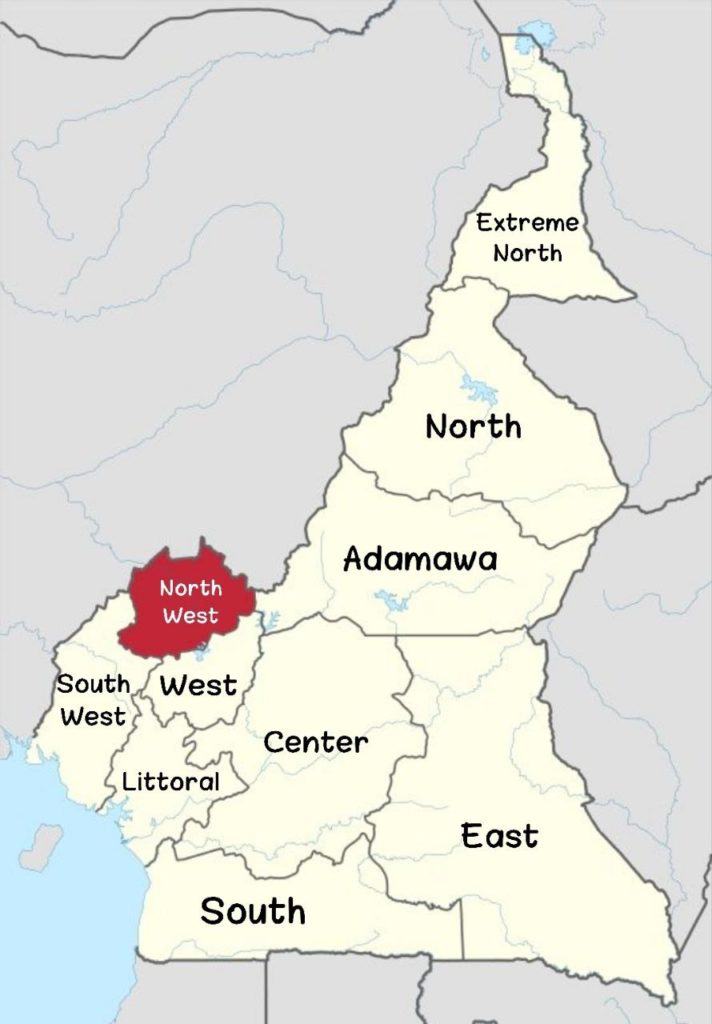
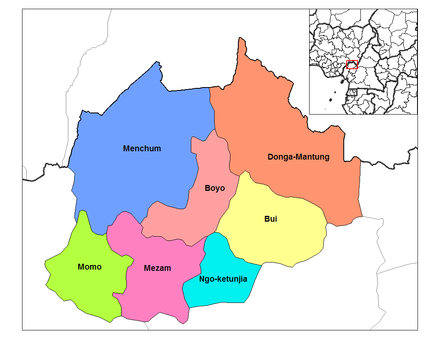
Traditionally, it is made of black velvet on which patterns and decorations are hand-embroidered with thread or strips of yellow, orange, ochre, red, white….
On the collar, on the ends of the sleeves and at the bottom of the tunic, we have straight and regular embroidery. On the tunic itself, the embroidery takes the form of diamonds, stars and other shapes.
This fabric is used for making wide tunics, its appearance similar to that of a wide dress with large and long sleeves.
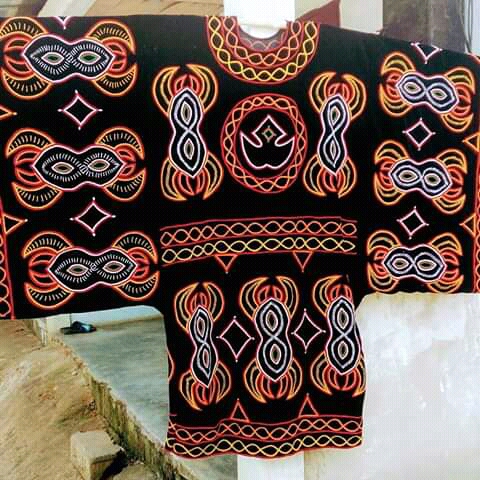
Origin
The Toghu is said to originate from Bafut, Mankon and Nkwen, three villages of the Mezam division, in the North West region of Cameroon, and was worn originally by chiefs and dignitaries. The patterns found on the original toghu are those of moons, gongs, animals, and more, each of these having a very specific meaning.
The different types of Toghu
Depending on the village, this name is pronounced slightly differently. “tɔ̀gə̀” in Mankon and Nkwen, and “tɔ̄kə̀” in Bafut. The term used for this attire also differs, depending on the traditional setting, giving us 3 types:
Toghu
It designates the large tunic and is the very origin of the term. This tunic is very wide and covers the entire body down to the feet and beyond the hands.

Ndani
Pronounced ndá nyì in Mankon, ndā nwè in Nkwen and ndá nwì in Bafut. It designates a tunic less wide at the level of the torso which ends just after the knees, and/or with sleeves that end just at the level of the wrists or after the elbows.

Mbawara
The latter is the smallest of all. It designates a top rather than a tunic, sleeveless and ending at the waist. Pronounced mbàrə̀wà in Bafut and bàrə̀wà in Mankon, it is not part of the traditional attire among the Nkwen people.
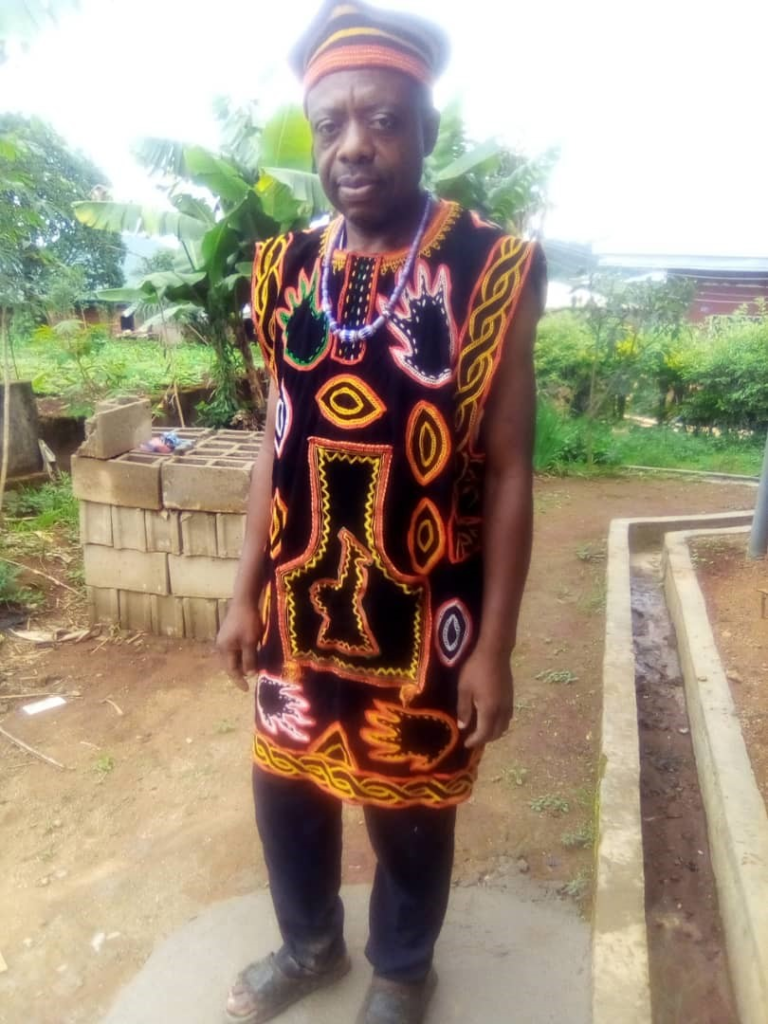
Meaning
Bafut
The gong embroidered on the Toghu symbolizes traditional Bafut authority. This gong is sounded during traditional ceremonies. It is very important in the culture and is used for various occasions, and just by a change of rhythm or sound, it can announce either war, or a traditional ceremony at the palace of the traditional ruler, or just a dance.

Animal skin is a symbol representing nobility in the Bafut tradition. Only first-class nobles like the supreme ruler wear Toghu with animal designs. The lion and the tiger are worn only by the “Fon” (the traditional chief in the Northwest); the spider is carried by the second in rank of the palace hierarchy.
There is also the moon as a symbol, embroidered in different sizes. Nobles wear smaller moons, while the larger moon is on the Fon’s Toghu.
The Toghu is worn with a hat, hats which are of different types. The highest rank of hats are crafted from porcupine quills, which tend to identify the wearer as a renowned warrior. It is worn by leaders in the traditional society.
Mankon
The Toghu in Mankon, specifically has three symbols; the gong used to summon people and indicate village authority; the snake that most often intertwines around the neck and represents beauty; and the lizard, a fairly intelligent common creature found around every household, so those who designed it surely did so to differentiate the Toghu of Mankon from that of other villages.
In addition to these 3 symbols, the moon is drawn on the back of the robe as a red circle for dignitaries, princes and titleholders, designating them as guides. They shine the light for others to follow.
To distinguish the nobility from other citizens, the hat worn by them has a red feather in addition. This red feather is granted by the Fon or any other noble person he decides to delegate for this purpose.
Nkwen
In Nkwen, the Toghu is designed differently than in other villages. It is shaped according to the colours of the rainbow in which they believe. The men of Nkwen wear it during traditional rites.
Everyone in Nkwen can wear the Toghu, but they must respect the specificity of certain symbols. They include: the gong used to summon people to attend an event or as a musical instrument; the calabash, which symbolizes the container used to serve palm wine, or the special calabashes used in the palace to perform traditional rites; and the moon on the back, a symbol of authority, and carried by the Fon, princes and palace servants, with the larger moon dedicated to the supreme ruler.
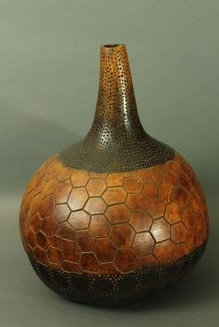
The supreme ruler’s Toghu could otherwise be embroidered with a tiger or a lion as a symbolic reference to their ruling positions, just as these animals are the kings of the forest. Animal symbols are limited only to the supreme leader, who is the highest in rank. His dress is sometimes trimmed with cowries to signify royalty. Deputy chiefs and princes alike wear cowries. However, more cowries are added to the supreme ruler’s robe to avoid confusion as to the hierarchy.
Other symbols are used, such as the spear and the plant of peace. The spear is a symbol which recalls its use in the time of warriors. The plant of peace is the traditional symbol of peace, love and unity in all parts of Cameroon, especially in the Grassfields.
What about women?
In strict traditional etiquette, the Toghu is a male attire. Whether Mankon, Bafut or Nkwen, the most common traditional dress for a woman is the “blouse and loincloth”.

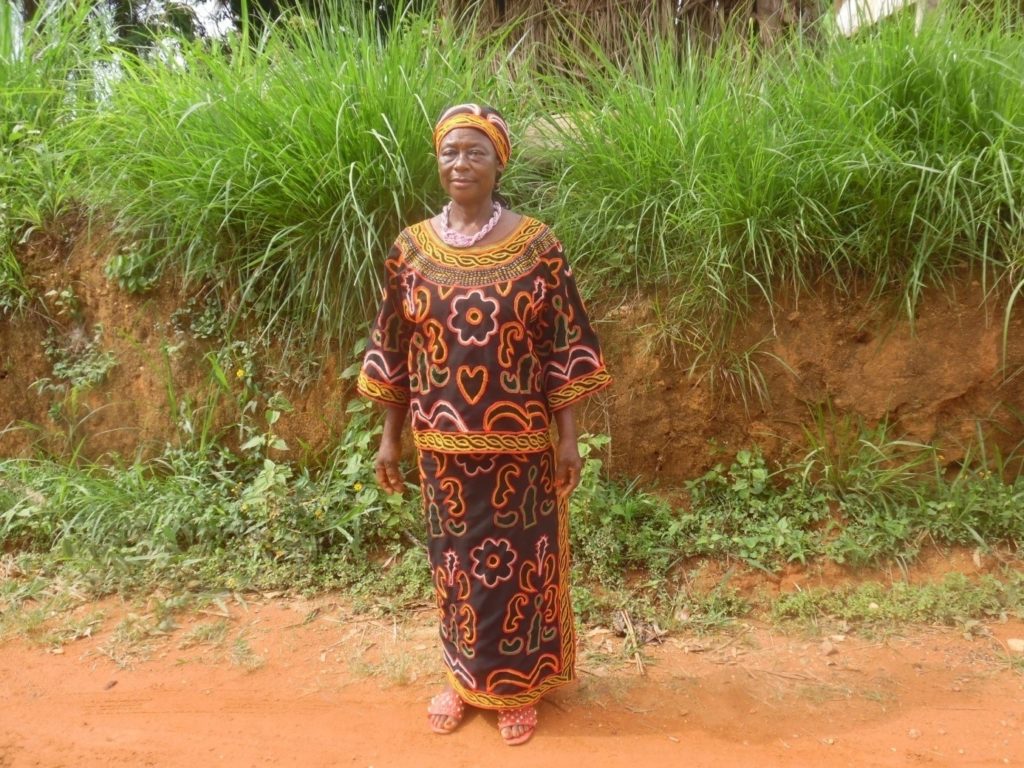
The blouse covers the upper part of the body up to the waist, while the loincloth is tied around the waist and goes down to the feet; a scarf accompanies the dress. Bouba and Labba is the name in the Nkwen mother tongue and in Mankon to designate this outfit. Among the Bafut, they call it Boubou and Labba (note, the word “and” is borrowed from English).
Just like the big dress for men, the dress code for women has symbols like the gong, the calabash and the plant of peace in these three villages. In Bafut exceptionally, high-ranking women such as queen mothers have their attire embroidered with lunar and animal symbols, but their counterparts in Mankon and Nkwen are not granted these two symbols, because the lunar and animal symbols there, are reserved only for men since women are considered “non-eminent”.

Another similar culture that cuts across these three villages is the dress of the queen. The queen who is the wife of a traditional chief wears a cowrie necklace and bracelet in addition to her blouse and loin as a symbol of her royalty and position. These female-only insignia seem to be a compatible match when the females accompany the males who wear the grand robe. Women also wear this regalia at ceremonies like traditional weddings, baby showers, funerals, religious events, annual dances, and outings.
Evolution
The Toghu has now spread beyond Bafut, Nkwen and Mankon villages, and is worn by all the peoples of the North West Cameroon region. Like a true cultural distinction, it is even worn to represent Cameroon altogether during international events such as the Olympic Games.
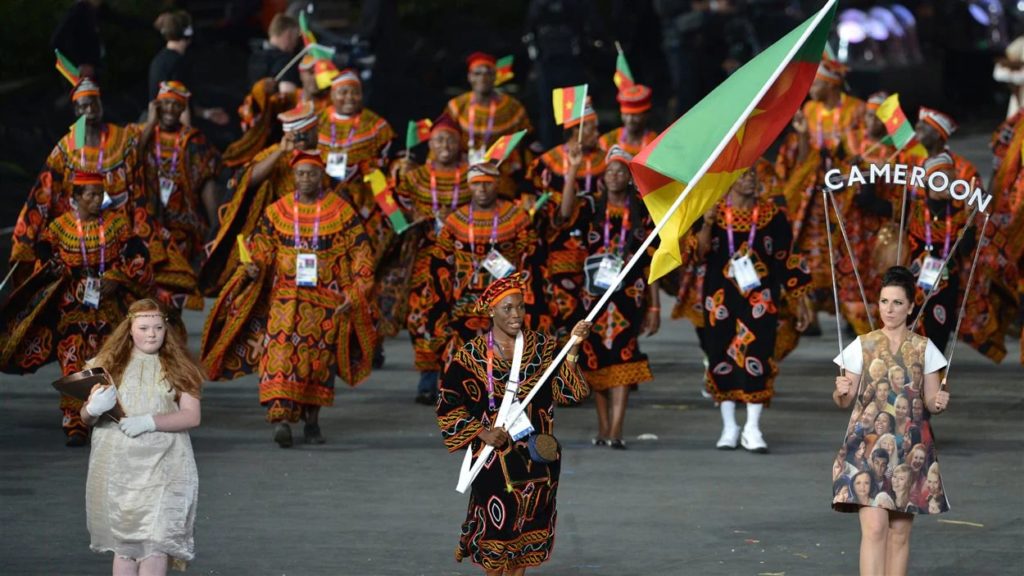
The dress is valued at ceremonies such as weddings, annual dances, festivals and visits to the palace, cultural exhibitions, funerals, religious ceremonies, or as uniforms for many traditional groups and also used when welcoming non-Cameroonian personalities.
The Toghu no longer nowadays no longer represents this royal garment only, but rather any fabric imitating the embroidery of the original Toghu, and in this sense is used in ornamental patterns, for linens, and interior decorations.
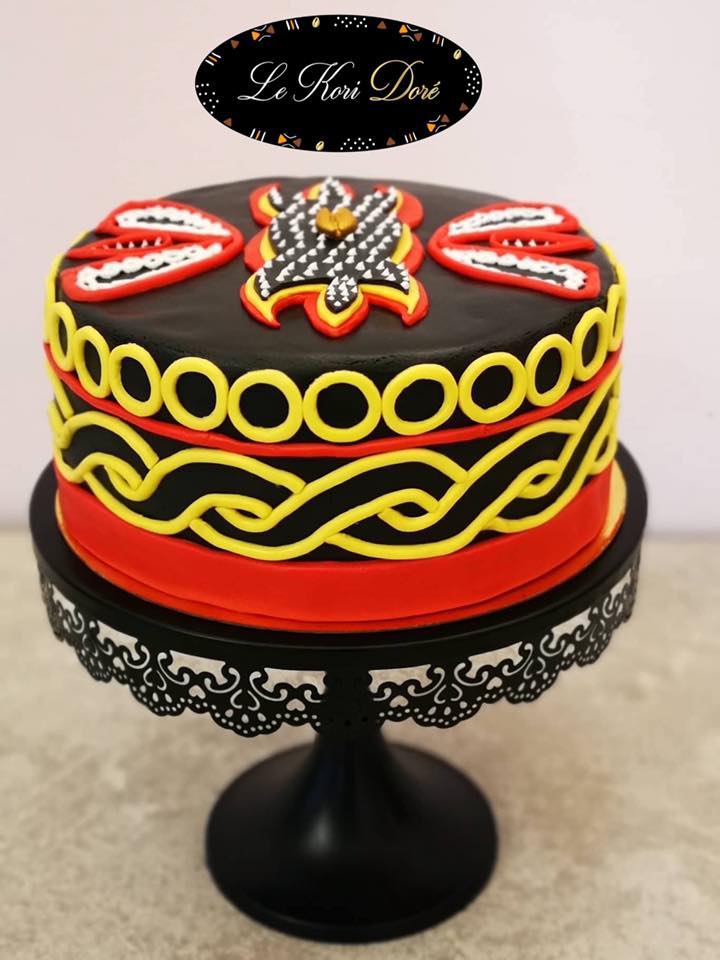
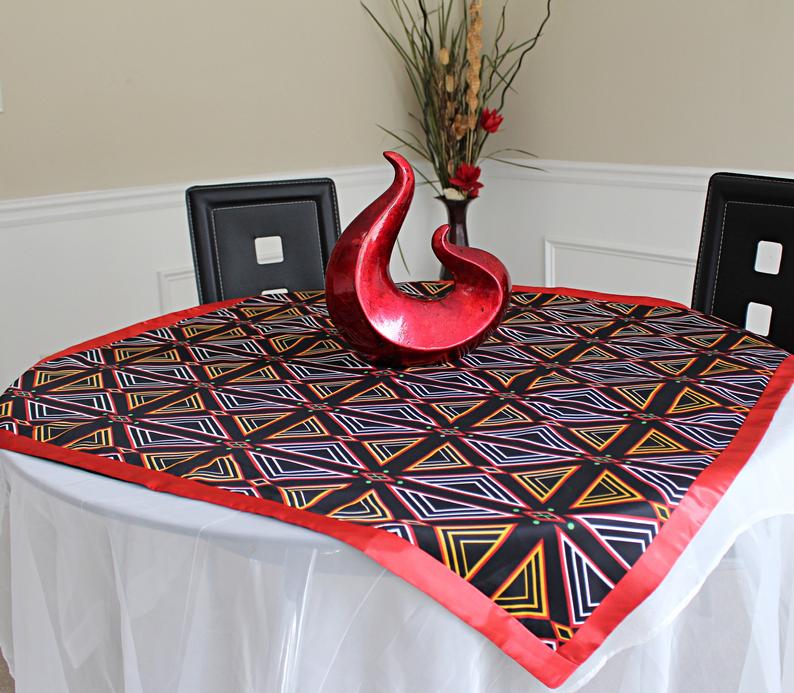
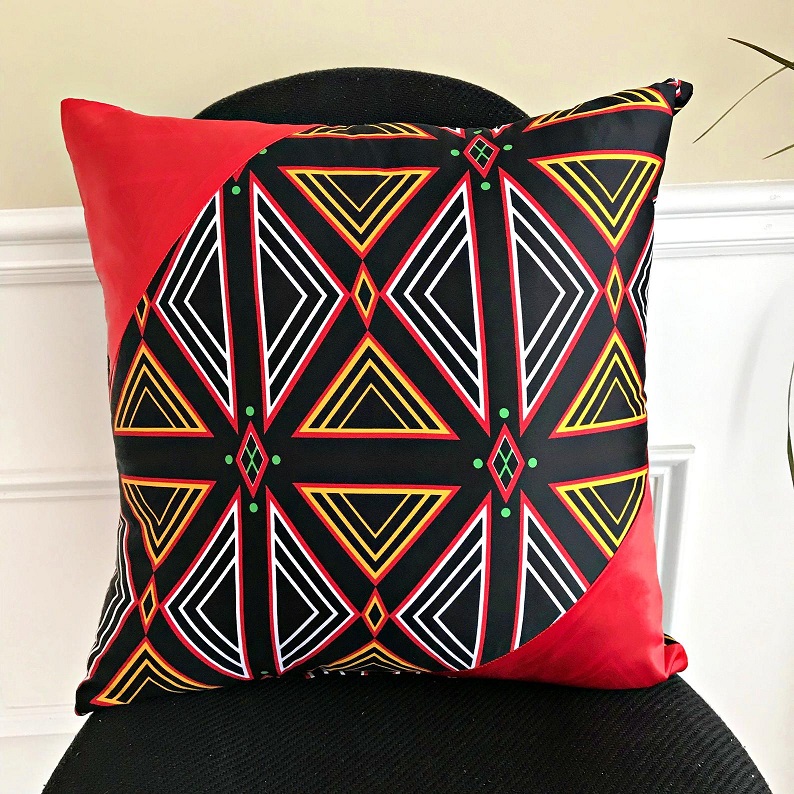
To be more comfortable to wear, many also abandon the velvet base, for lighter fabrics. The black fabric was used as the base of the dress, because when contrasted with brightly coloured embroidery, it gave the dress its unique character and the brightness that is its trademark. But many now try other colours, in order to pimp it.
The way clothing captures a people’s culture and history while leaving room for the development of sewing and artistic skills is seen as a panacea for many clothing industry start-ups. This over-popularization is worrying, because no one knows how long this traditional and authentic product can withstand the aggressive nature of Western trade and Chinese ingenuity.
Lately, culture guardians have seen something of a revival in this traditional dress. The Toghu is seen in a variety of styles, influenced by personal choice or sometimes influenced by couturiers and designers. The evolution is noticed in the wearing of Mbawara by women, the existence of flowery designs, without basic traditional symbols and from time to time the wearing of specific symbols without any respect for traditional protocol and hierarchy.
With the following gallery, from now on, you will now be able to recognize Toghu in all its forms:
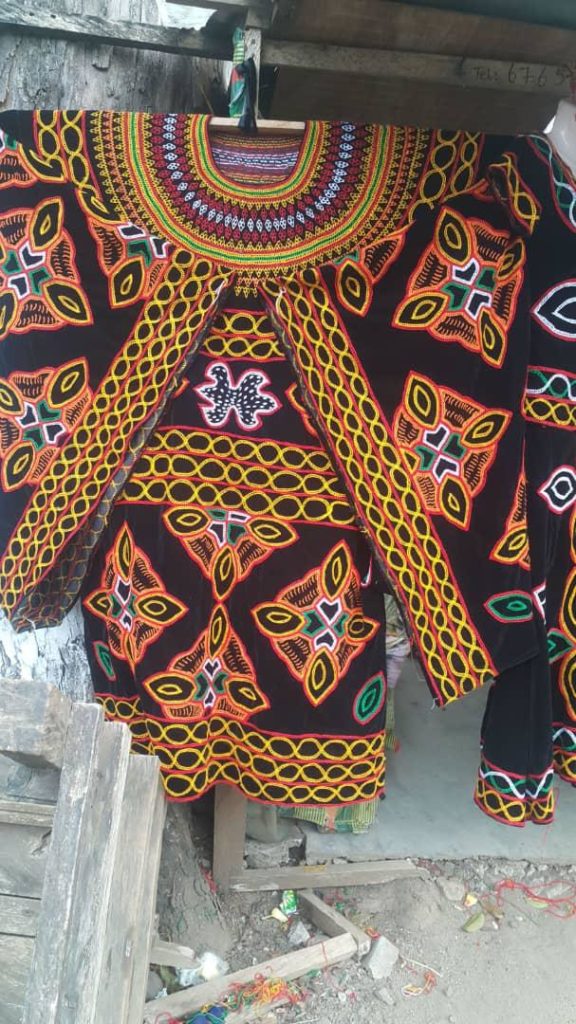
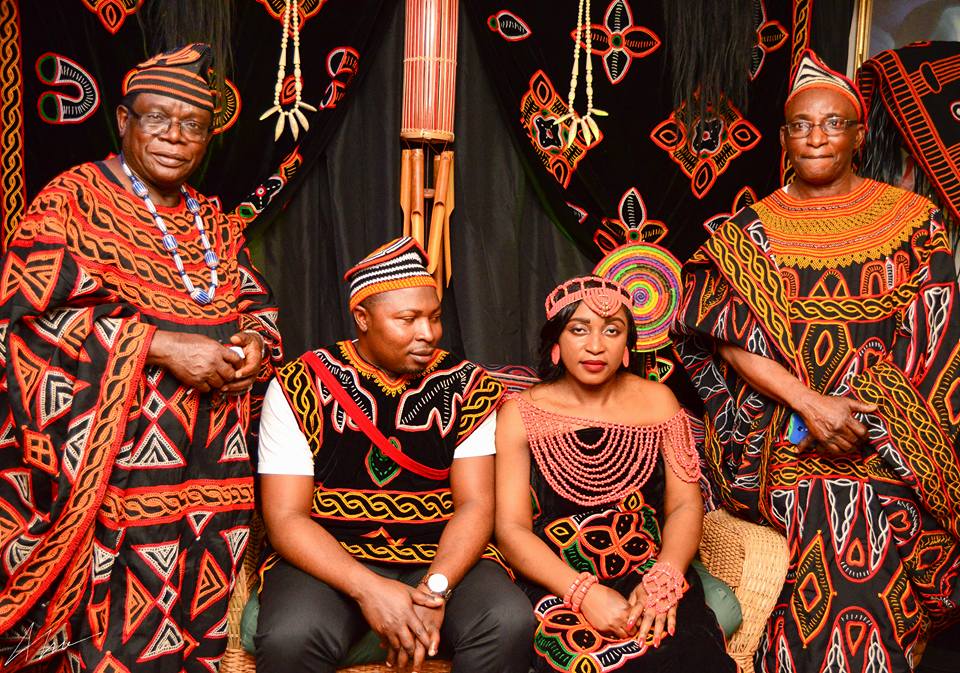
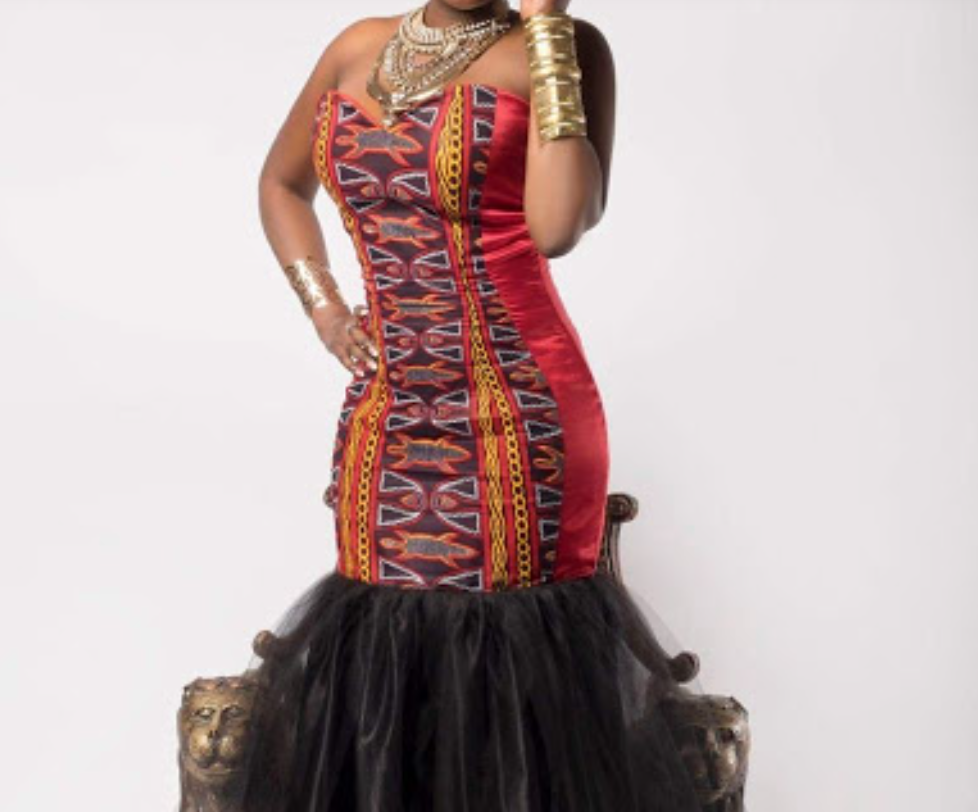
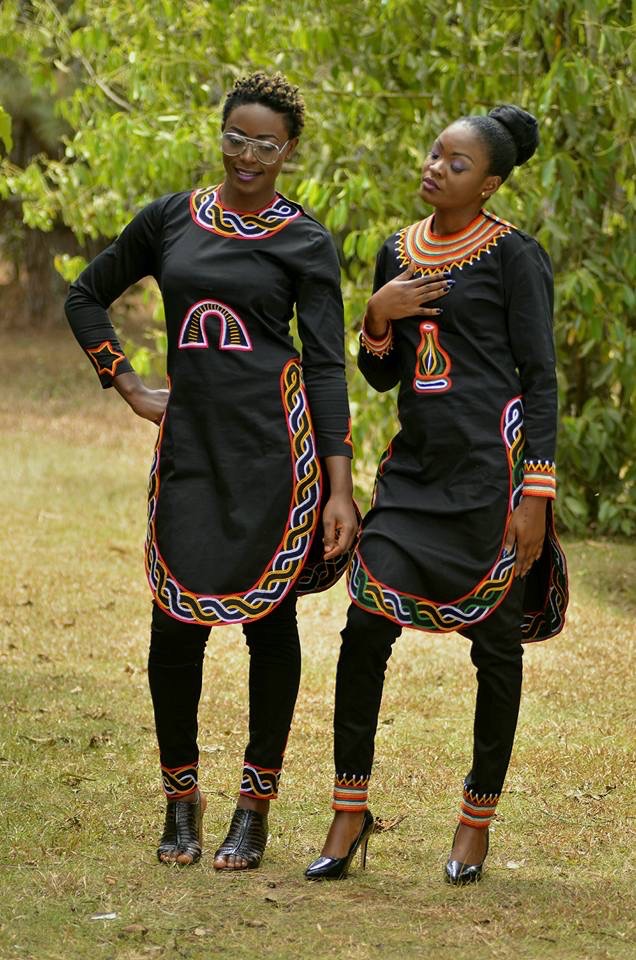
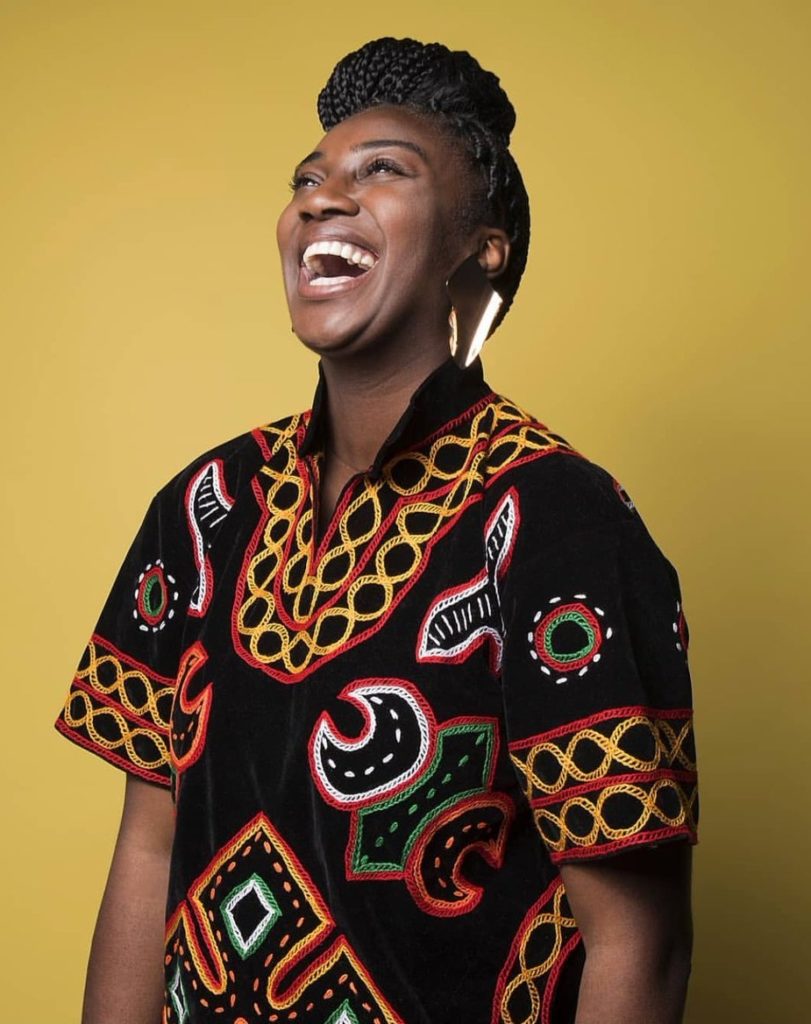
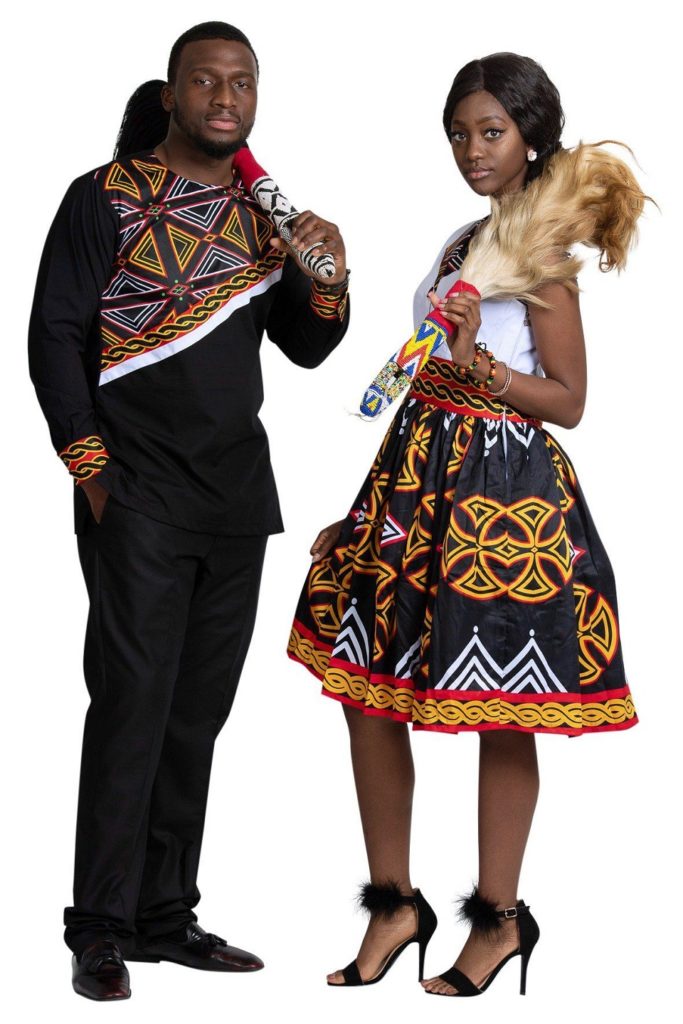



Main source : https://toghuarmymovement.com/tam-documentary/
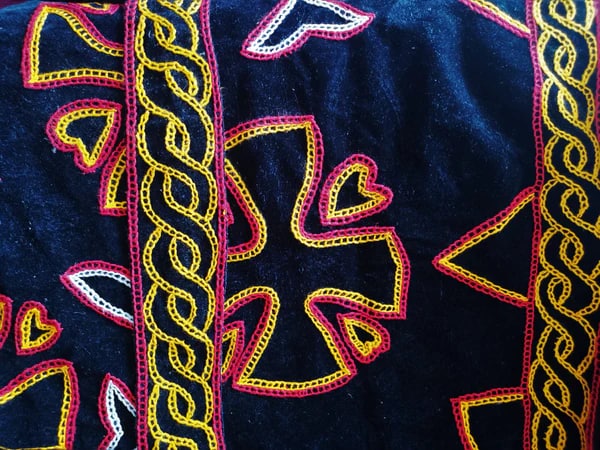
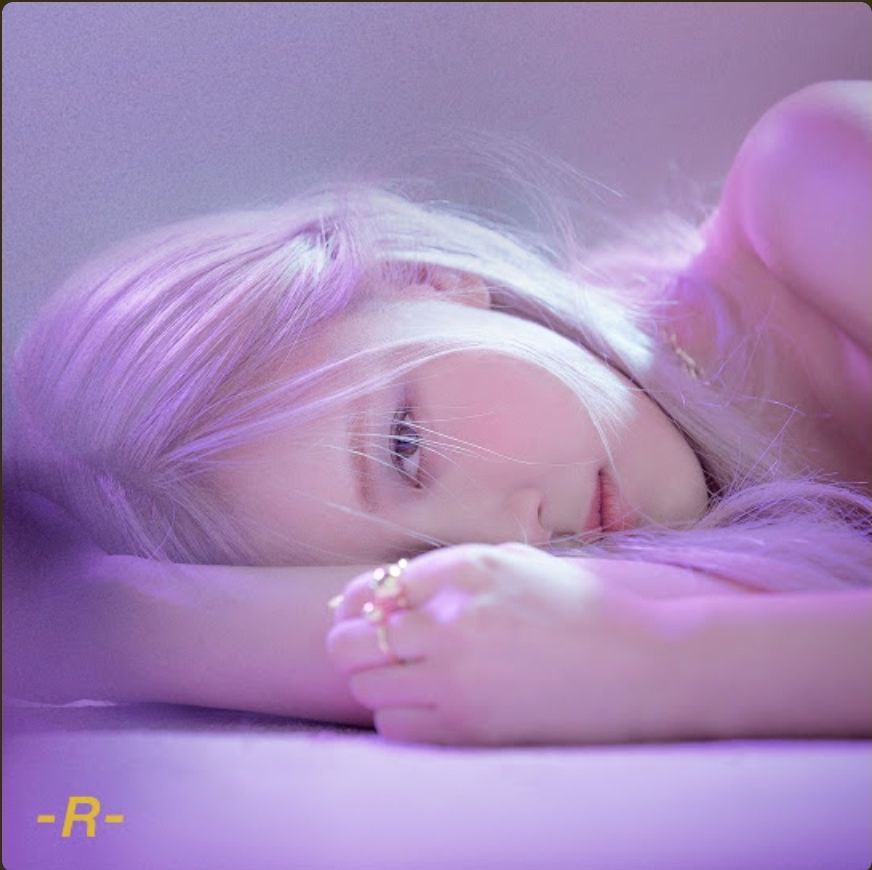
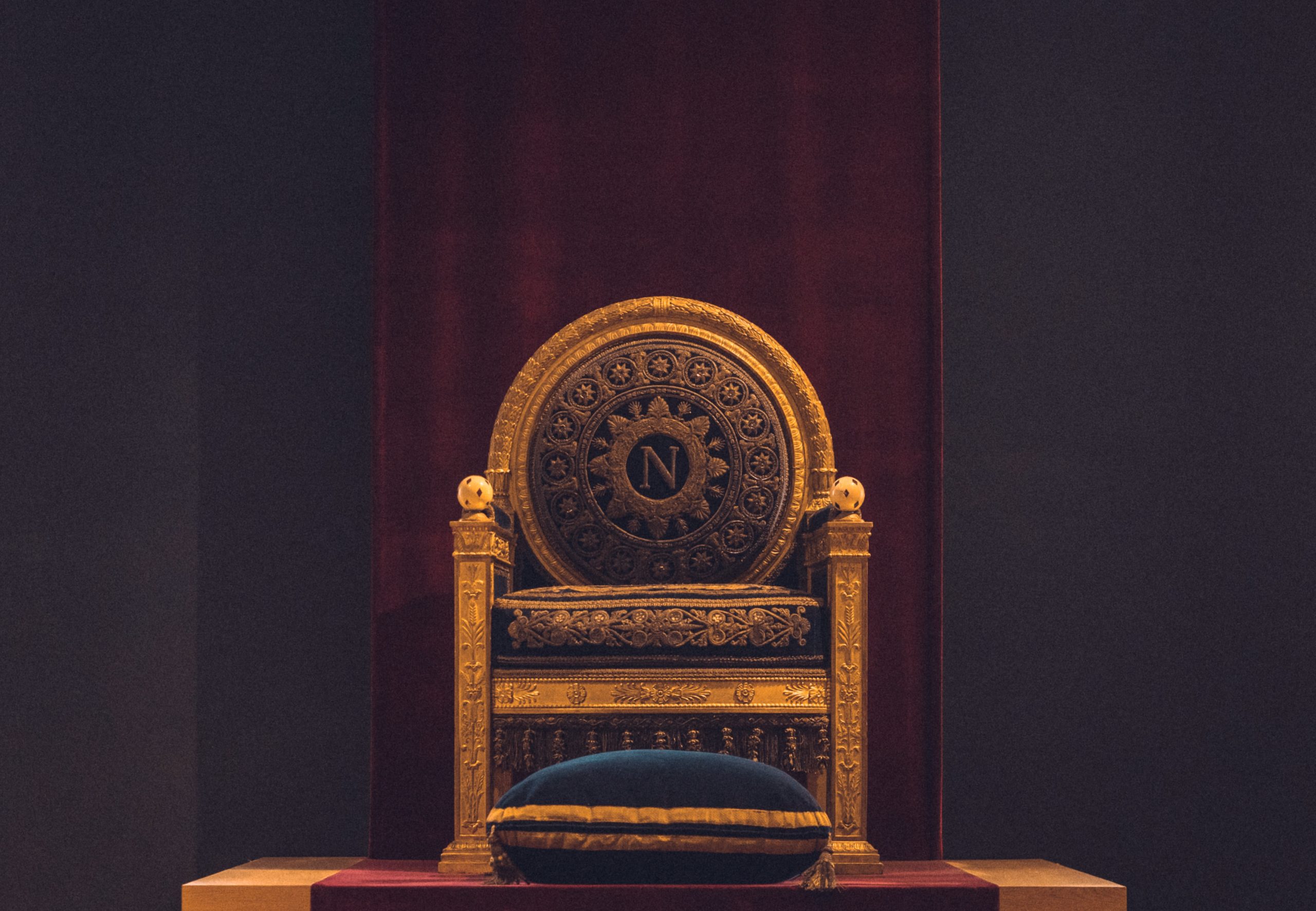

Quite educative and informative! The write up is well crafted and showcases the rich culture of the North west region.
A rich culture indeed!
Good job
I learned alot too
Thank you, I am glad you did.